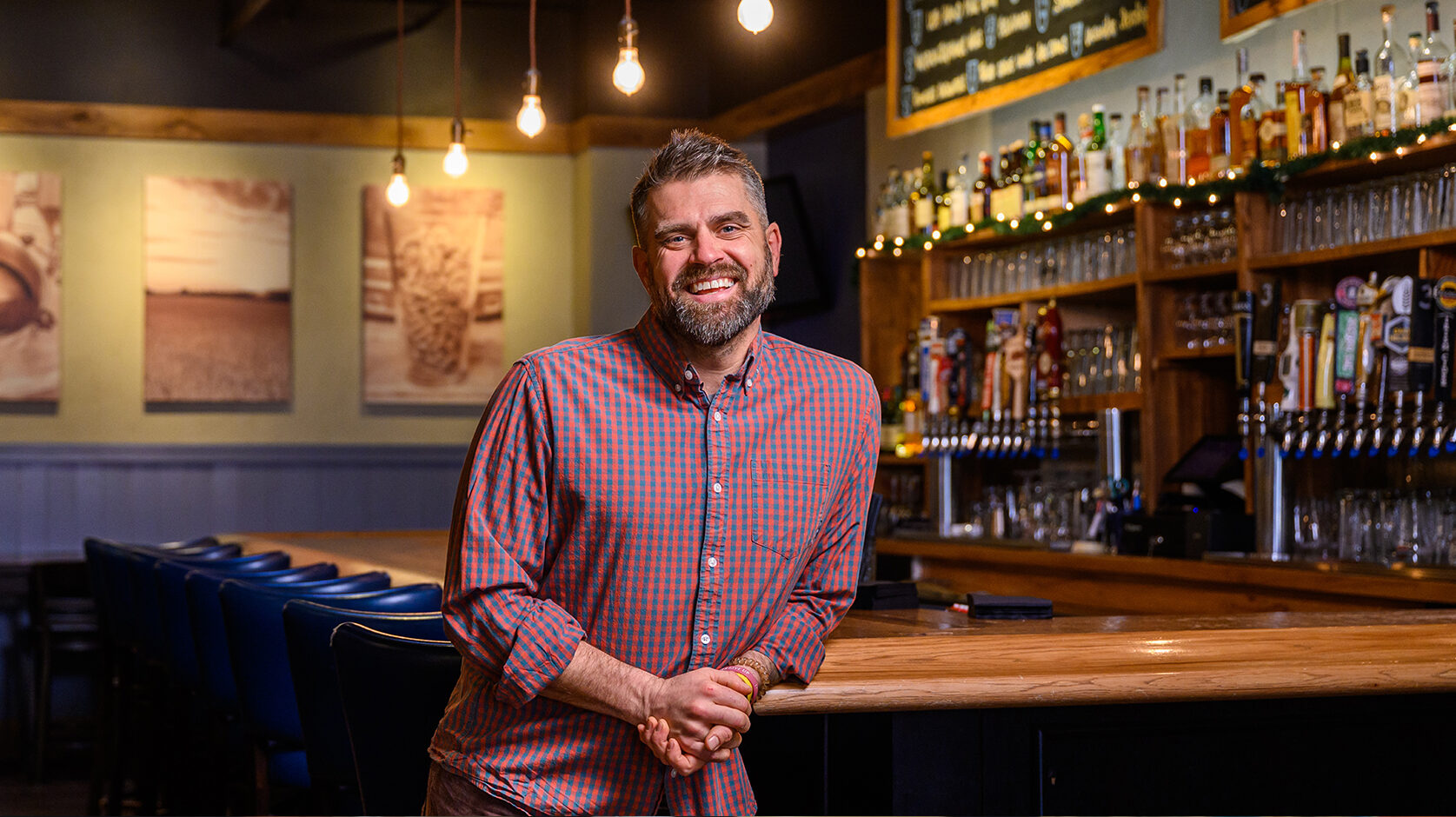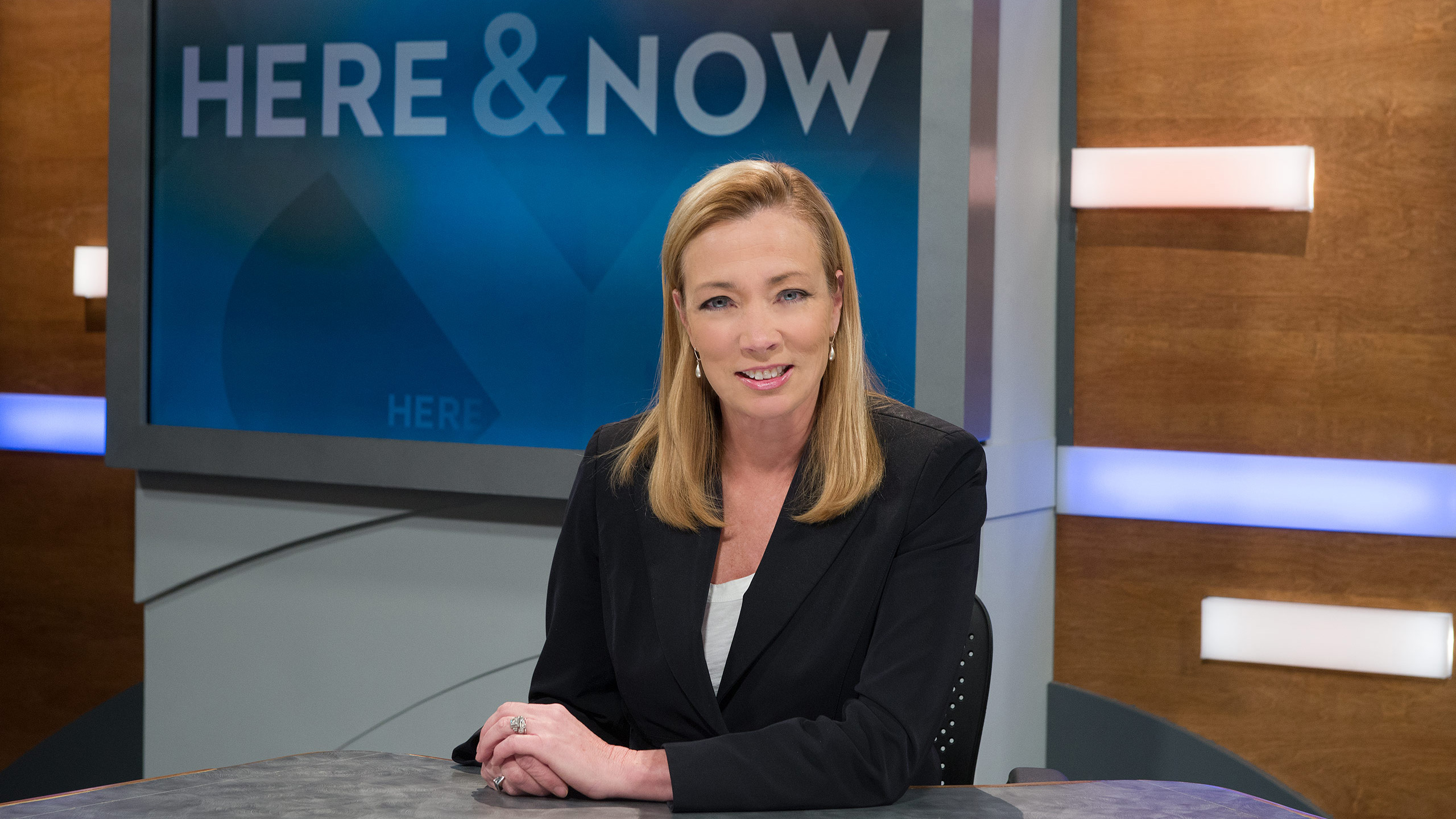Frederica Freyberg:
It has been a head spinning week at the national level and here at home. Wisconsin smacked with the potential loss of more than $28 billion in federal grants and loans following a Trump administration pause on trillions of U.S. funding. A federal judge temporarily blocked the freeze, and quickly thereafter, the administration rescinded most of it. But for grant and loan recipients, everything from Meals on Wheels to Head Start to farm and housing programs, the chaotic week has left uncertainty and anxiety in its wake. The Women’s Community in Wausau reports that federal grant dollars make up about 20% of that agency’s total budget. Executive Director Jane Graham Jennings joins us for a firsthand look at what those grants deliver. And thanks very much for being here.
Jane Graham Jennings:
Thank you.
Frederica Freyberg:
So at this hour, is it still confusing about what’s happening with the federal grants freeze?
Jane Graham Jennings:
It is confusing. So our federal funds come through state organizations. So the state filters those funds, and when the initial freeze came out, even our state administrators weren’t sure of what was happening. So then when it was rescinded, we still don’t know. And we haven’t heard from our state administrators whether there is an actual freeze or not. So basically, we’re just continuing with business as usual. Because, you know, that’s just kind of where we are. But we’re still very unclear about what that means for our future.
Frederica Freyberg:
Does your agency have access to those funds?
Jane Graham Jennings:
We do it on a reimbursement so that’s the way the grants operate. So we have to send in the reports to the state administrators, and then they reimburse. So we do that every month. So we don’t have direct access until after we have put our reports in.
Frederica Freyberg:
Okay. And so you say that it is about 20% of your total budget. What amount is that?
Jane Graham Jennings:
So we did some calculations and the percentage would be about $26,000 a month for our agency.
Frederica Freyberg:
What are the services that your agency provides and what would happen to those services without that money?
Jane Graham Jennings:
The most — what we feel the most devastating impact, one of the grants that we provide is called Domestic Violence Housing First. And it’s a pilot project that gives us the ability to actually pay rent for survivors of abuse who are able to get out of an unsafe environment and maintain a safe environment because we can pay their rent for up to a year. So we actually have someone in that program right now that we have promised a year of her rent that we’re not sure we can now follow through with. We have several other people that we are assisting with rent for three and six months, and we’re not sure we can follow through with those promises. So that’s the most difficult part because they are relying on that to be able to maintain a safe home. So they are back in a situation that they have to choose between homelessness or returning to a violent home. So that is the particular funds we’re most concerned about. And then for our staffing, it would mean we would have to end our abuse in later life program. So we have advocates that work specifically with victims 60 and older. And those funds would mean we wouldn’t be able to support those advocates in our sexual assault program. We have two advocates that are funded by federal dollars that we would have to cut our sexual assault services in half. And then in our shelter program, we would have to reconfigure how we do that, because it would eliminate funding for a number of our weekend and after-hours advocates. So we’d have to figure out how we could maintain our shelter services.
Frederica Freyberg:
Big, big impacts there for you locally. Now, the aim of the freeze was to ferret out wasteful spending. What would you say to people who might think your agency or others shouldn’t get this?
Jane Graham Jennings:
That we shouldn’t get the funding?
Frederica Freyberg:
Yeah.
Jane Graham Jennings:
I always say, if you want to know how to really pay attention to your dollars, go talk to a nonprofit agency. Nonprofits, you know, we’re kind of given a business plan that no actual business would ever think to utilize. We are given the idea that you have to do all of these things with nothing. And so we know how to squeeze to the last penny, to be as efficient and use every dollar in the most responsible way. So I would say when you’re getting federal funds to a nonprofit organization, that’s not wasteful spending. People are on the ground helping other humans in a way that they utilize every cent, because we have to report several reports on every penny that we spend. So we have to turn in all of our reimbursement forms. We have to prove that we are using the funds as we said we would, and we have to back all of that up with documentation. So it is certainly not wasteful spending. It is being used to help people.
Frederica Freyberg:
Jane Graham Jennings, thanks very much and thanks for the work you do.
Jane Graham Jennings:
Thank you.
Search Episodes

Donate to sign up. Activate and sign in to Passport. It's that easy to help PBS Wisconsin serve your community through media that educates, inspires, and entertains.
Make your membership gift today
Only for new users: Activate Passport using your code or email address
Already a member?
Look up my account
Need some help? Go to FAQ or visit PBS Passport Help
Need help accessing PBS Wisconsin anywhere?

Online Access | Platform & Device Access | Cable or Satellite Access | Over-The-Air Access
Visit Access Guide
Need help accessing PBS Wisconsin anywhere?

Visit Our
Live TV Access Guide
Online AccessPlatform & Device Access
Cable or Satellite Access
Over-The-Air Access
Visit Access Guide
 Passport
Passport






Follow Us